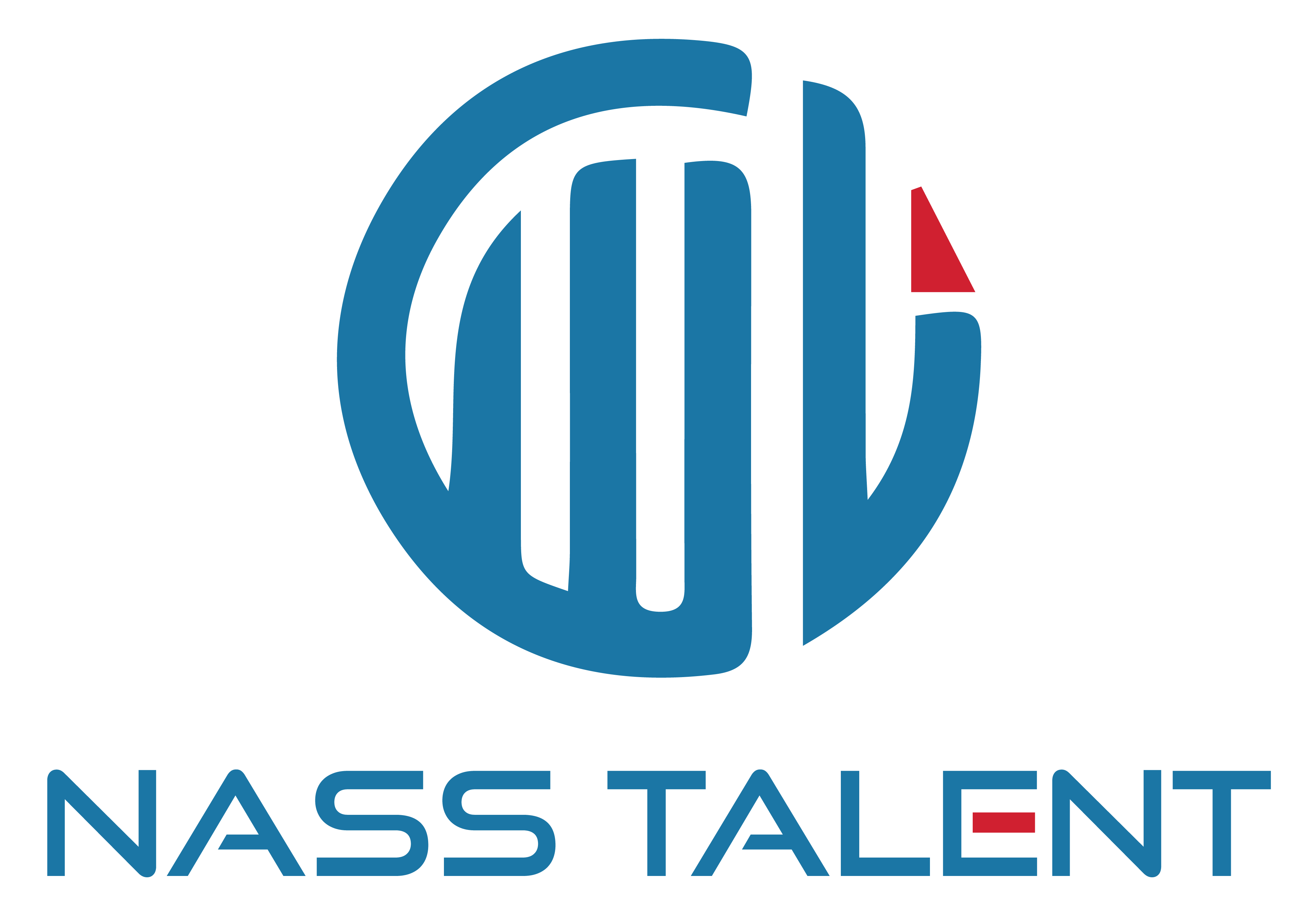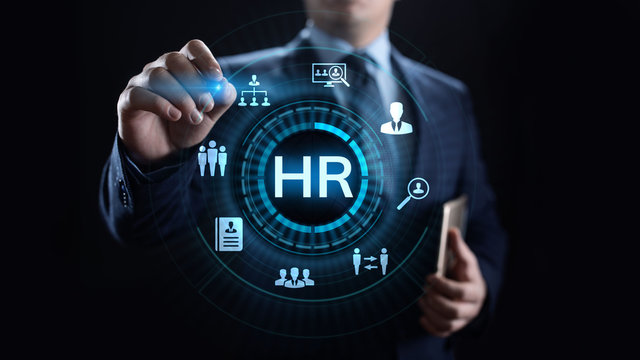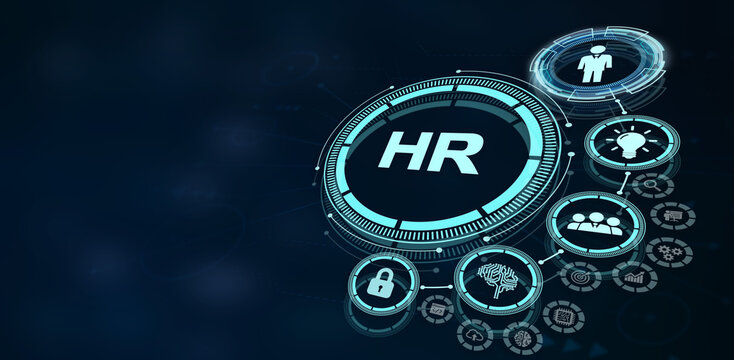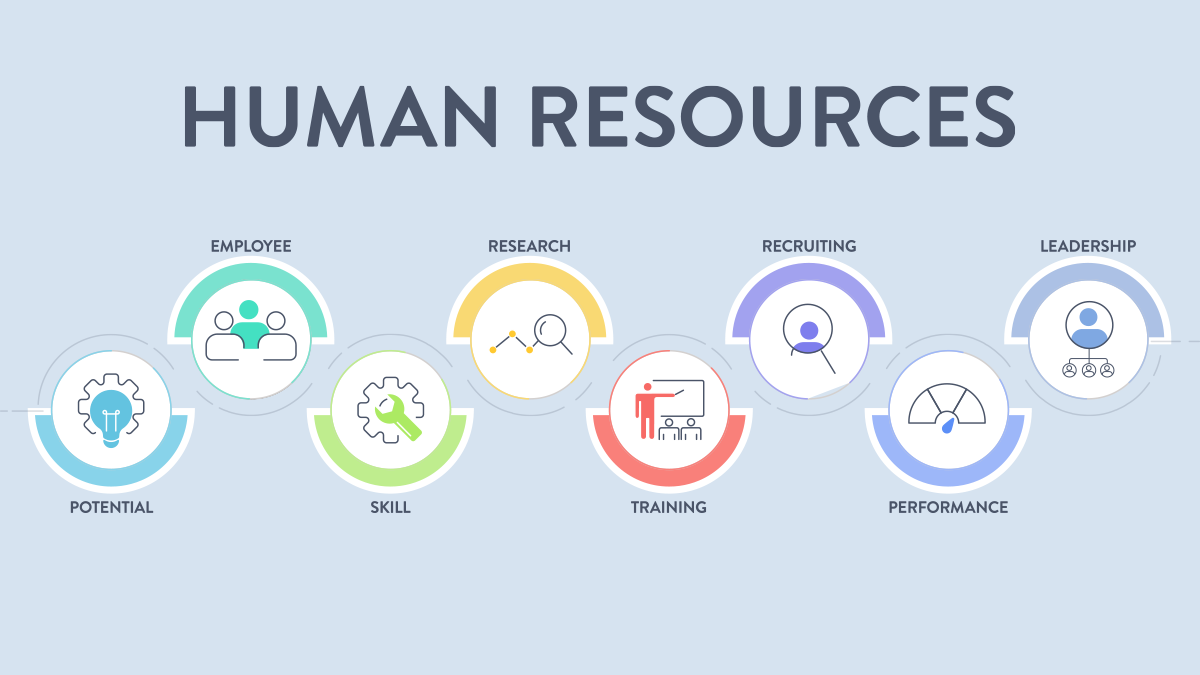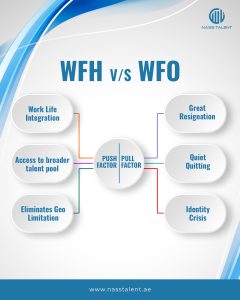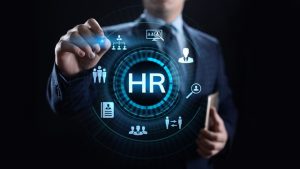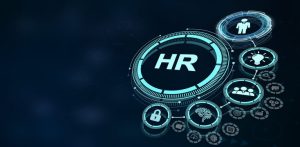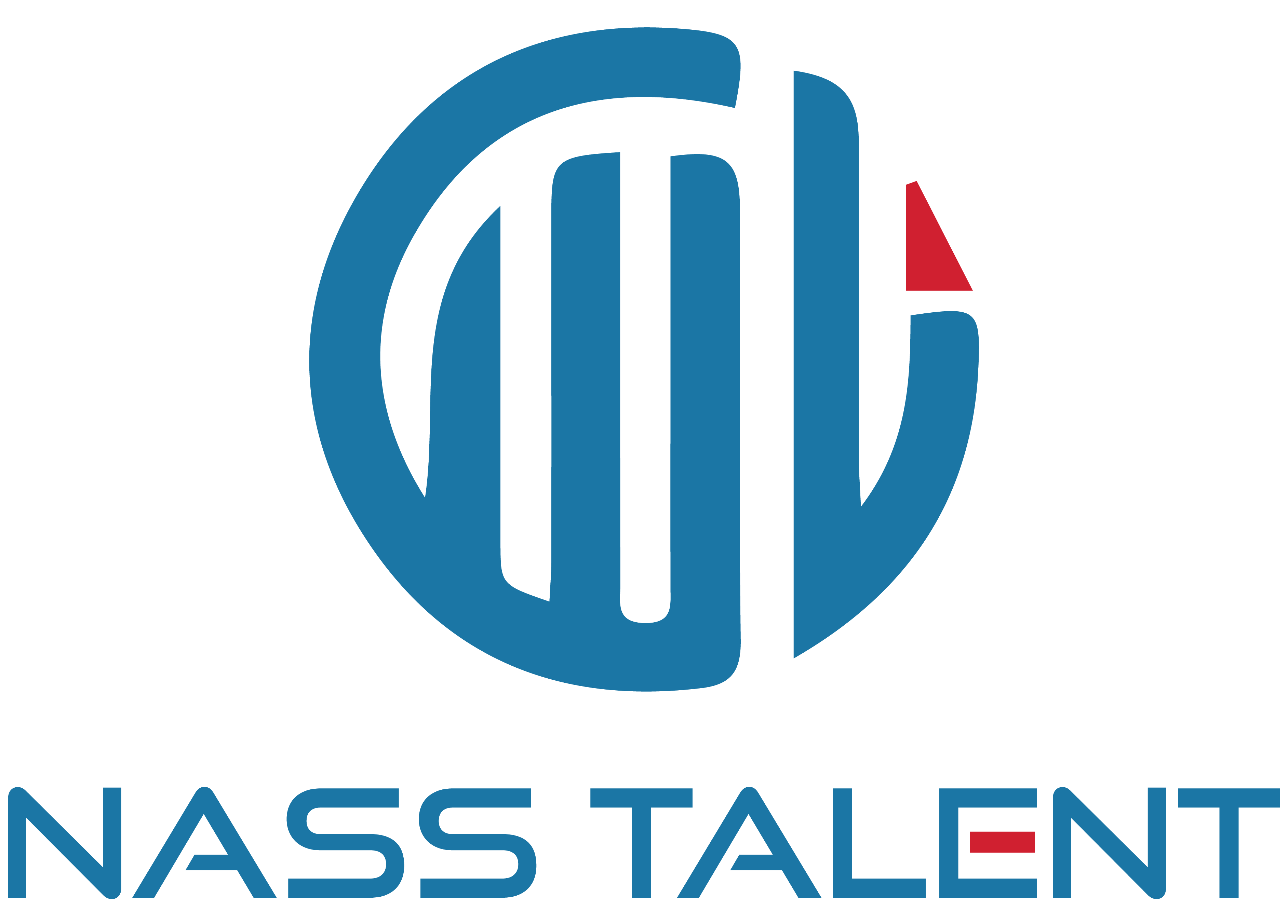The Role of AI in Revolutionizing Talent Acquisition

As the world moves forward and the employment environment becomes ever more dynamic, companies are on the constant lookout for new efficient trends in recruitment procedures. Talent acquisition is no longer a straightforward process but a technological need for which AI is becoming the gamechanger. Starting from the simple process management to the improvement of decision-making based on the availability of Big Data and HR Technology and Automation, AI is revolutionizing the source, attraction and retention of workforce.
This blog explores how AI is revolutionizing talent acquisition and shares insights on best practice talent acquisition that organizations can adopt to stay ahead of the curve.
The Evolution of Talent Acquisition
Back then recruiting has been a cumbersome process that involved manual procedure. HR professionals sifted through stacks of resumes, scheduled interviews, and made decisions based largely on intuition and limited information. However, the digital age has introduced complex hiring challenges:
- Increased Competition for Talent
The major reason for the immediacy in hiring processes is the fact that organizations have to compete for talent from around the world.
- Diversity and Inclusion Goals
It has become common for employers to consider diversity in workforces, an important factor, which must be accomplished, without bias.
- Volume of Applicants
The job postings are now available across the globe which means that the recruiters need to deal with more applicants.
In response to these demands, new AI-based tools and platforms have appeared which provide talent acquisition strategies for the contemporary world of work.
Key Applications of AI in Talent Acquisition
Artificial Intelligence (AI) has redefined the way organizations approach hiring, moving beyond traditional methods to a more strategic, data-driven, and efficient process.
- Sourcing the Right Talent
This way AI makes candidate sourcing easy whereby candidates are sifted through large databases and selected based on their suitability for certain positions. Using tools like LinkedIn Recruiter or AI-driven Applicant Tracking Systems (ATS), recruiters can:
- Scan millions of profiles
- Identify passive candidates
- Match job descriptions with ideal candidate skills
This technology not only saves time while allowing recruiters target high quality candidates.
- Resume Shortlisting
Manual resume screening is one of the most time-intensive aspects of recruitment. AI-powered platforms automate this task by:
- Parsing resumes to identify relevant skills and experience.
- Ranking candidates based on job requirements
- Reducing human error in shortlisting
These tools enhance best practice talent acquisition by enabling unbiased, efficient selection processes.
- Chatbots for Candidate Engagement
With the help of an advanced intelligent chatbot the communication process with the candidate has reached a whole new level with the help of an instant and intelligent response. These chatbots:
- Answer frequently asked questions about positions, their application stage or employer practices
- Guide candidates through the hiring process like filling the forms, book an interview, etc.
- Provide 24/7 support to the candidates ensuring candidates feel valued and informed
Chatbots create a positive candidate experience by enhancing engagement and reducing response times.
- Scheduling of Interviews and Appointment Making
It can be cumbersome to schedule interviews, particularly for positions that will require several interviews and with several individuals. AI tools like Calendly or AI integrations in ATS simplify this by:
Automating Scheduling: AI suggests proper timings for the interviewers and the candidates so that there is scant exchange of texts.
Sending Reminders: The participants are therefore reminded of the up and coming interviews through use of automated reminders hence enhancing on the turn-up node.
Rescheduling Flexibility: AI tools do an excellent job when it comes to changes that are made at the last minute and do not require input from a human being.
Besides time, they also made the process seamless for all the parties involved in the interviews.
- Analytics for Management Decisions
Modern tools of artificial intelligence that focus on predictive analysis are now being used to revolutionalize the traditional approach to recruitment, by relying on historical and current data to predict hiring outcomes. Key applications include:
Assessing Cultural Fit: AI scans aspects such as the employment history, the frequencies and the nature of the communication of the candidate and even his/her activities on the social media to infer the fit of the candidate to the organizational culture of an organization.
Estimating Retention Likelihood: Thus, using data patterns, AI determines the propensity of a candidate to remain an employee for a long time.
Performance Predictions: Pre-selection AI tools (especially-paper-and-pencil instruments) can predict how likely an applicant is to succeed in a given position depending on accomplishments, aptitudes, and behavioral attributes.
The use of predictive analytics also tends to make sure that choices about who to hire are not just fast but wise, and this means that there is likely to be a decrease in turnover rates thus helping firms get a much higher recruitment rate of return.
- Bias Reduction in Hiring
It is a problem that has always occurred with recruiting is prejudice, especially the unconscious type. AI tools address this issue by introducing fairness and objectivity:
Anonymized Screening: Technology through AI systems can also mask the resumes by stripping of features showing name, gender or ethnicity to limit any bias towards the candidates.
Standardized Evaluation Criteria: AI enables the organization’s management assures that all the concerned candidates are evaluated against similar standards, thus minimizing the chance of discrimination.
Continuous Monitoring: In the same manner, AI user algorithms analyze hiring patterns and report any signs of biased hiring processes for organizations to make corrections.
By reducing bias, AI promotes diversity and inclusion, which are critical for building innovative and equitable workplaces.
Challenges in AI-Driven Talent Acquisition and How to Overcome Them
Today’s approach to talent acquisition is very much more tech-driven especially with the use of artificial intelligence and automation but these have their own problems as well. These challenges fall under the category of potential blockers or disruptors because they can delay, skew, or offer unfair recruitment outcomes. But with the proper strategy and execution things will be easier.
- Data Privacy and Security Risks
AI tools can analyze hundreds of resumes at a time which means that candidate’s data is all over the place which is a real concern when it comes to data leaks. Inability to manage this form of information well may contribute to compliance breaches as well as development of low trust from candidates.
Solution:
Adhere to Compliance Standards: Make sure that AI systems meet local and global data protection laws for data processing – GDPR for instance.
Implement Robust Security Measures: To minimize the leakage of candidate data one has to use encryption, host the data in secure servers to reduce access granted to the data to a minimal level.
Transparent Communication: Make it very clear to candidates how the information provided by them shall be utilized and obtain their consent.
- Lack of Human Touch in Recruitment
Recruitment automation can be very tasking and many times, a candidate will feel they are just a number. It’s important to note that candidates applying for high potential positions expect more than automated responses from chatbots or AI-generated emails.
Solution:
Maintain a Balance: AI can be used in operational tasks but strategic touchpoint points such as interview and follow-ups should be reserved for the recruiters.
Personalization: Program automation to allow to create separate business-savvy greetings and messages about jobs suitable for individual candidates.
Human Interventions: Tightly link human recruiters with some steps of the employment process to add warmth to the process.
- High Costs of Implementation
Applying artificial intelligence and automation in the workplace means that there can be a great number of expenses in advance, and that is why it is difficult for SMEs to start using it.
Solution:
Start Small: Start with basic tools that are cheap and can accommodate capacity as the business scales up the Artificial Intelligence capabilities.
Leverage SaaS Models: Improve by making use of the subscription-based software solution in order to avoid the high capital investment.
Measure ROI: Outline the achievement of ROI of the AI tool to check whether it can supplement much of the investment cost.
Conclusion
AI and automation are transforming the face od talent acquisition, delivering innovative solutions to long-standing recruitment challenges. From the streamlining of workflows to enhancing the candidate experience, they enable HR professionals to deploy best practice talent acquisition strategies that are efficient, data-driven and scalable. However, there are also challenges for organizations in dealing with issues such as algorithmic bias, data privacy, and the potential loss of the human touch in these tools to fully realize their benefits. Balancing technological advancements with ethical practices and human expertise is the key to creating an inclusive and effective hiring process.
As the future of talent acquisition continues to change, businesses that responsibly apply AI will be better poised to attract and retain top talent. With AI integrated into human-centered strategies and its shortcomings addressed, organizations can develop strong recruitment processes that can meet today’s needs but also prepare for the workforce of tomorrow.
